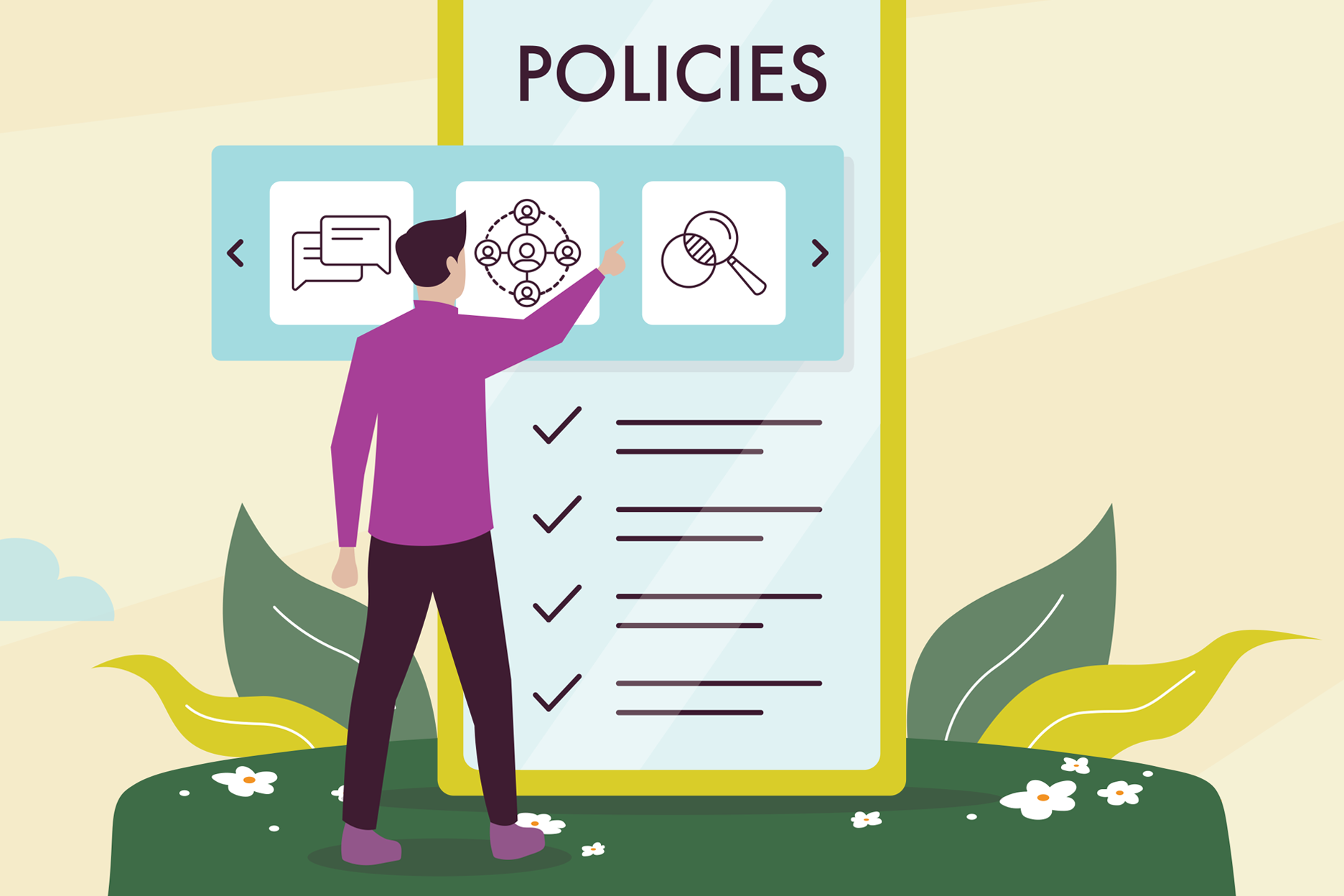

In recent years employers have been left to deal with an unprecedented business environment. There are currently more hybrid and remote employees than ever, yet the implications of employee migration across state lines are not well understood by many employers. Employers need to have detailed plans in place as to how they will implement new compliance policies and requirements quickly throughout their organization. As part of this overall process, employers need to ensure they know where employees are working and ensure they can afford them the right tools, processes, and workflows to complete all necessary business tasks.
As employers consider how to adopt new requirements, numerous factors should be top of mind. These processes cover the entirety of the employee lifecycle, from onboarding through end of employment responsibilities. Items of note include federal and state onboarding notices, tax withholding forms, employment eligibility (Form I-9), and more. Ongoing responsibilities include distribution of forms W-2, earned income tax credit notices, observing pay statement requirements, and presenting required labor law postings. Items to be provided to separated employees include benefits notices, unemployment and providing continued access to needed employee data, such as that needed to secure loans.
In most instances, the law in the state where the work is done applies, but many employers are ill-prepared to monitor new laws and regulations or changes to existing law in all locations they have employees. There are currently over 175 state and federal agencies that issue notifications and postings and tracking changes can be extremely difficult, as there is no one specific one-stop resource. These agencies enacted over 150 updates to notices and forms in the past 12 months alone, and many of these posters and notifications must be presented in multiple languages and have specific timing attached.
When employers discover the scope of complying across all jurisdictions, they do business in, many inquire about the risks of non-compliance. What happens if they don’t comply? Factors to be considered include: government audits where penalties can be extensive and often expand with evidence of non-compliance; the possibility of employee lawsuits which can be both lengthy and extremely costly; employer reputation concerns which in the case of public companies there can be effects on corporate officers and stock prices, and; establishing your organization as a good faith operator which can help limit the scope of any audits and possibly eliminate fines in some instances of violations.
As the scope of risks expands with employee movement across state lines, good faith employers often take a top-down approach and seek to focus on compliance processes that have the highest initial risk or visibility. While these challenges can be cyclical, employers can rely on three evergreen items to always lead the pack: 1) Form I-9 completion, 2) meeting state level form requirements, and 3) managing tax withholding, especially for hybrid or remote employees.
FORM 1-9
The I-9 process is one that has vexed employers since the form’s introduction in 1986. While the current version of the form includes the main page, containing sections 1 and 2, it has been broken out to include Supplements A and B, as well as the documents list, bringing the total to a tidy four pages. The form itself does not appear that daunting, but there are over nine hundred pages of accompanying guidance, and that level of required knowledge is a big burden for those who may not have this as a core part of their overall job responsibilities. Couple that with an average error rate of over 50% and an average fine of $2,000 per form and there is great room for concern.
The good news on the I-9 front is that the latest version has separated some more confusing sections that were included in prior versions into their own supplements. In addition, a new remote process is now available for use by employers who are E-Verify users in good standing. This is a major gift for employers who may struggle with meeting timelines that surround I-9 completion. (Section 1 must be completed on or before the first day of work for pay, and Section 2 must be completed within 3 days of the first day of work for pay).
STATE-BY-STATE CHALLENGES
Meeting state-level compliance requirements as employees shift location is another major challenge for employers, as it has the possibility of introducing entirely new and unfamiliar processes, depending on the state(s) involved. Some states have a veritable smorgasbord of new hire forms, such as California and New York, while others have minimal requirements outside of federal law.
Prevalent items that are becoming more widespread across multiple states include wage theft notifications, paid sick and family leave notifications, and labor law notifications. Compliance-minded employers need to be aware of any changes in notifications and postings and develop processes to ensure timely delivery. These laws and notices are still applicable to remote employees, as they invariably include statements of employee rights in specific situations as well as contact information.
Managing remote employee tax withholding has grown in visibility since 2020, when commuters ceased their commutes prompting states to look for ways to keep tax revenue stable. As with labor and employment laws, taxes must typically be paid in the state where work is performed, with exceptions. Items of note employers need to be acutely aware of include: 1) temporary presence laws, which dictate how long an employee may work in a state before being required to withhold taxes, 2) reciprocity agreements are in place in 16 states which allow employers to withhold based on the employee’s state of residence, as opposed to where the work is done, and 3) local taxes, which can be extremely difficult to track.
Many employers see the scope of these compliance tasks and wonder how they can stay abreast of all developments. There are many ways to make a good faith effort to comply and follow all applicable rules. Organizations with small compliance budgets to track such issues may want to sign up for missives from large law firms which can be free and do not require any sort of obligation other than providing an email. These can be narrowed by specific topics or industries and are often very helpful in providing information regarding new or upcoming laws or processes. Along with that comes the need to be able to ascertain what requirements are applicable and how to implement them into existing processes or create new ones.
Those with moderate budgets may wish to purchase subscriptions to search engines that ensure they are aware of all new laws and regulations. This method requires a certain amount of knowledge of the legislative process and still retains the need to understand how to implement new laws and regulations or add to existing.
Lastly, those with higher budgets can engage full-service vendors to handle the entirety of these processes on their behalf. Those opting for this method should ensure they do their due diligence prior to purchasing or they may find they have just found a much more expensive way to achieve a non-compliant outcome.
Employers are rewarded for good faith efforts to comply, and the potential liabilities involved are not worth the risk of non-compliance.
This article is designed to give general and timely information about the subjects covered. It is not intended as legal advice or assistance with individual problems. Readers should consult competent counsel of their own choosing about how the matters relate to their own affairs.
-
SHARE
- Copy to clipboard



